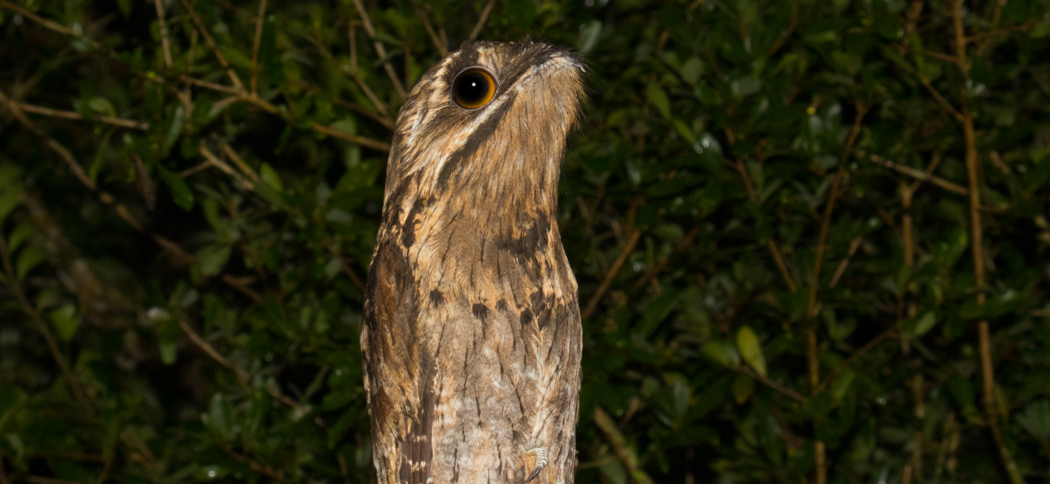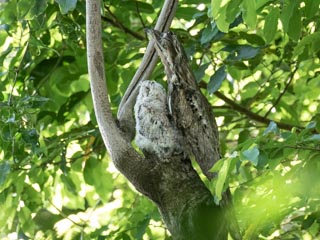
Strange Tails
We're delighted to have a strong population of strange-tailed tyrants at the reserve. So much so that we've adopted these beautiful and endangered birds as the symbol of the Trust
The growing diversity of the animals of Reserva Don Luis is a fresh source of delight every time we return. We don't play favourites, but it's impossible not to engage more with some of our more conspicuous guests. One of these is the strange-tailed tyrant. The male is stoic in his tolerance of one of nature's strangest - and it would seem least practical - adaptations. He's willing to suffer to be beautiful, and somehow manages to fly with tail feathers that were surely designed for a bird three times his size.
We love his perseverance; his resolution to succeed against challenge, and his ability to prove that anything is possible. He's appearing in growing numbers on the Reserva Do Luis, and his success has become an allegory for, and a symbol of, our own.
When we started the process of updating and redesigning our website, we wanted to adopt an image that symbolised our aims and our challenges. This brave little flycatcher, with his indomitable character, was the perfect choice.
The logo is a stylised profile of a male tyrant, silhouetted against the sunrise. We coloured the sun the blue of the Argentinian flag in honour of this country's beauty, its climate and the breathtaking span of magnificent animals that it nurtures.

Bat Research
Our bat team is conducting bat research both in the Ibera Marshes and in other provinces. We are especially concentrating on Misiones at the moment where we find the largest bat in Argentina, Chrotopterus auriitus and Myotis ruber, two species that we are researching.

Common Potoo
Nyctibuis_griseus
This bird was found in the local town of Ituzaingo close to the river. They are visible during the day but blend in so well with branches of the tree that they are very difficult to find. The easiest time to identify them is at dusk when they have a very distinctive call.
Their length is around 35cm and the colour resembles tree bark which is why they are so well camoflaged. The tail is long and barred and the head a little like a Nightjar with a short and wide bill and orange eyes. They are from the family Nyctibidae of which there are 2 species in Argentina.
It is a nocturnal insectivore and reasonably common in the Ibera area.
Mother with chick


